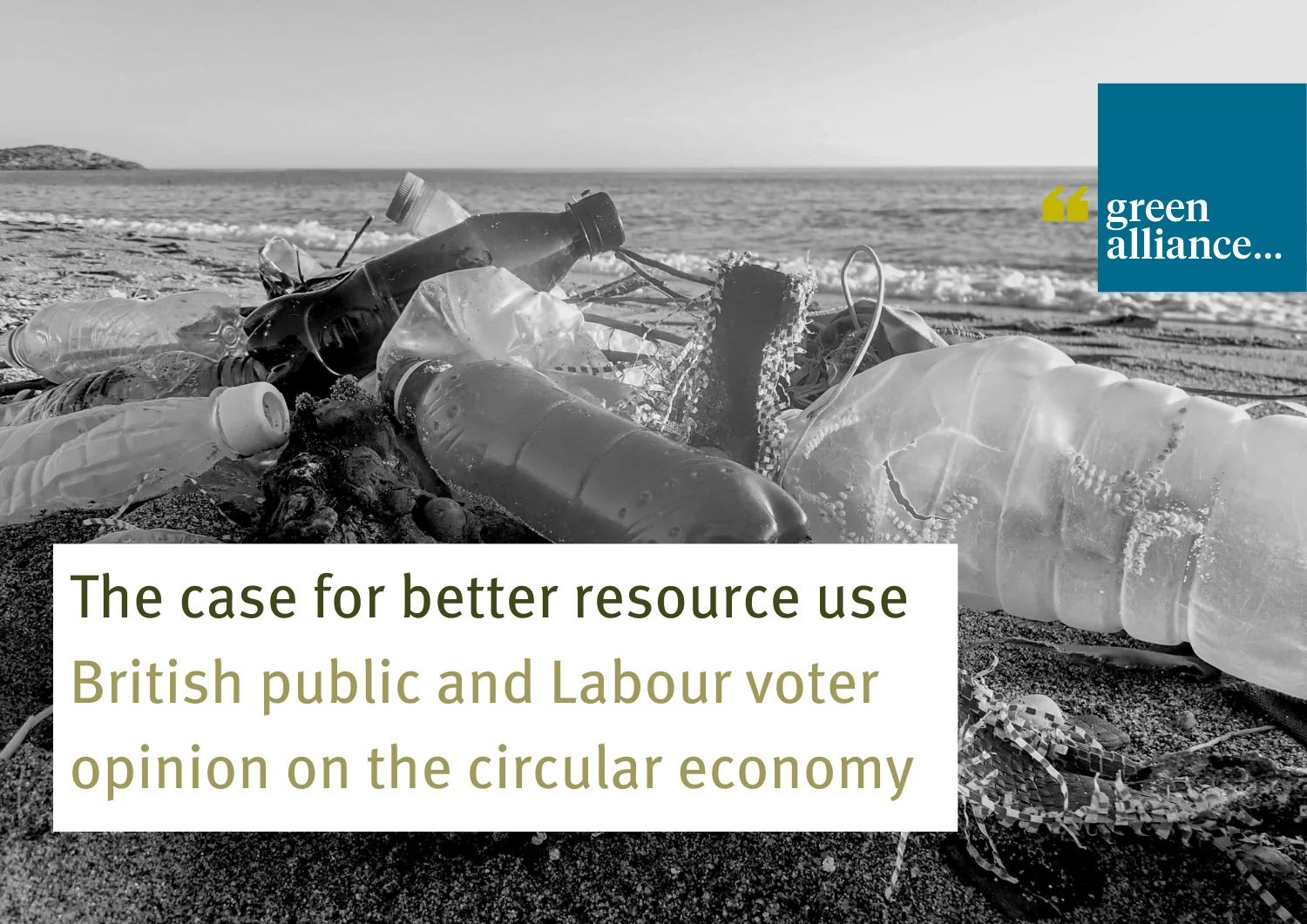Conservation vs densification: what’s next for sustainable planning?
Summary
The UK is in the midst of both housing and environmental crises. A backlog of around 4.3 million unbuilt homes has created a housing deficit that would take at least 50 years to address, even if the promise to build 300,000 new homes a year was achieved.
Construction is also the sector responsible for the largest share of the UK’s material footprint and waste generation, and a quarter of the nation’s carbon footprint.
The complex nature of the challenges has led to competing schools of thought around possible solutions. Keeping existing buildings in use, by retrofitting and repurposing them when necessary, is an important way to cut embodied carbon and the other environmental impacts caused by resource extraction.
But demolishing buildings to create denser development in targeted areas can significantly cut carbon emissions by reducing car dependency and optimising public transport.
Both strategies offer new housing solutions, if policy support and the planning system were strengthened to support them. But what should the priorities be?
At this online debate on Wednesday 19 July, we heard from two experts on potential pathways to more sustainable construction and planning that can both provide enough good homes and safeguard the planet.
The debate was followed by an audience Q&A.
Panellists
- Chair: Roz Bulleid, research director, Green Alliance
- Professor John Barrett, University of Leeds
- Anthony Breach, senior analyst, Centre for Cities


